Ghost kitchens — also known as cloud kitchens, virtual kitchens or dark kitchens — are professional food preparation and cooking facilities that operate without a traditional storefront or dine-in space.
By eliminating the traditional brick-and-mortar dining space and focusing solely on delivery and takeout, these innovative businesses are transforming how food is prepared, distributed and consumed.
In 2025, ghost kitchens are no longer just a niche concept but a rapidly growing force shaping the future of the food service industry.
Ghost Kitchen Market Growth Projections: A Booming Industry
Ghost kitchens, while confusing to some, are increasingly popular and are expected to remain so for years to come.
According to experts, the global ghost kitchen market was valued at approximately $58.61 billion in 2022.
Predictions suggest this will grow to about $177.85 billion by 2032, at a compound annual growth rate (CAGR) of 11.65%.
This growth is caused in part because they often offer more cost-effective models.
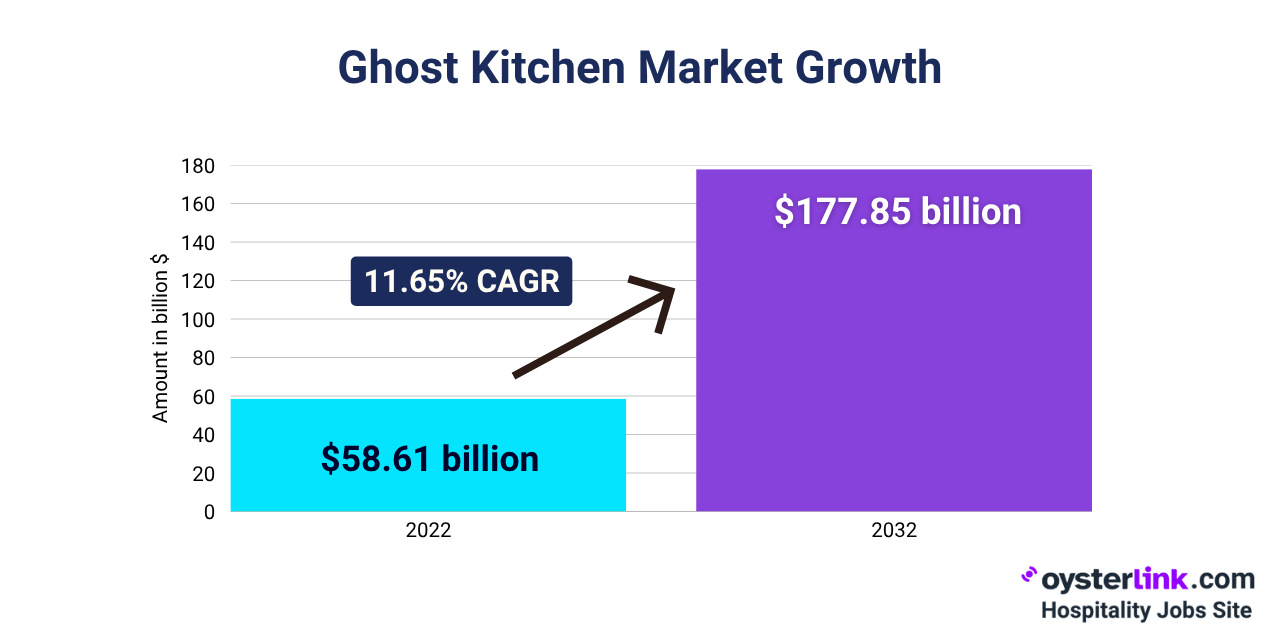
Changing Consumer Habits: Fueling the Ghost Kitchen Boom
The booming growth of the ghost kitchen model is largely driven by changing consumer habits.
More people are embracing the convenience of ordering meals online for both takeout and delivery.
With just a few clicks, customers can access a variety of cuisines and have meals delivered straight to their door — all without leaving home.
This strong preference for ease and speed is fueling the demand for delivery-only restaurants.
Looking ahead, it's projected that by 2030, virtual kitchens will control half of the market share in both the drive-thru and takeaway food service sectors.

This presents a huge opportunity for drive-thru and takeaway restaurants to join the ghost kitchen revolution and stay competitive in a rapidly changing industry.
Startup Costs: Getting a Ghost Kitchen Up and Running
One thing to keep in mind is the expenses involved with starting one.
New entrepreneurs can expect to invest roughly $75,000 to $200,000 to get a ghost kitchen up and running, which includes essential expenses such as labor, supplies, insurance policies and marketing initiatives.
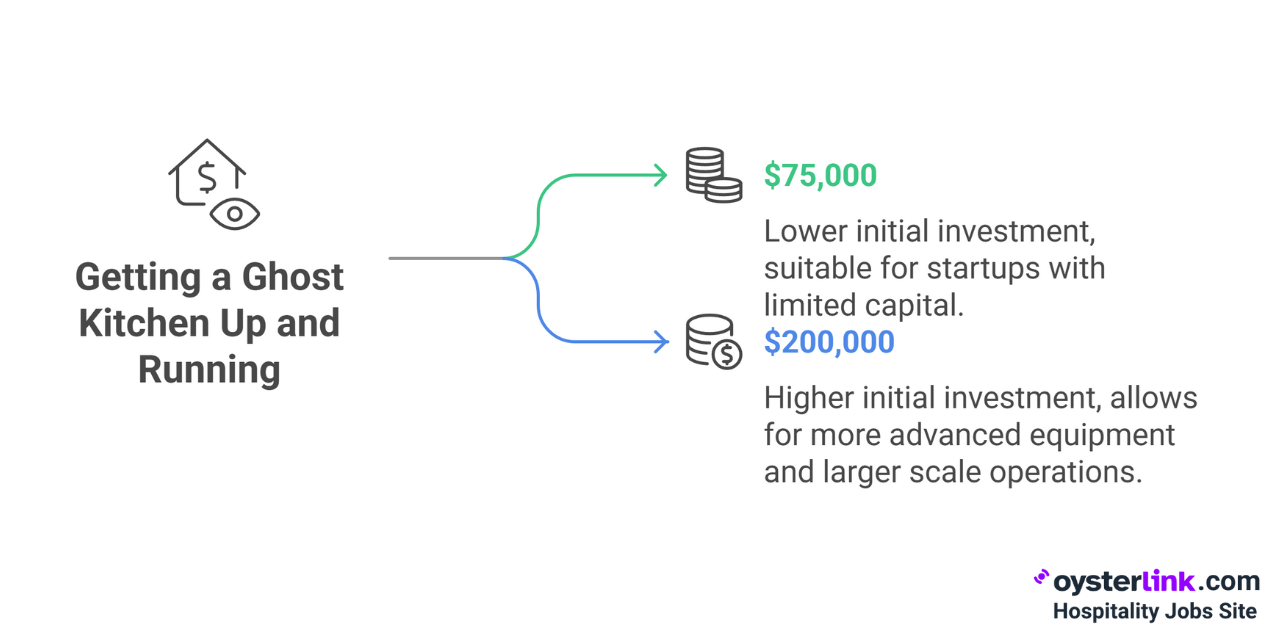
This relatively low barrier to entry, compared to the cost of opening a traditional restaurant, has fueled the proliferation of ghost kitchens across the country.
However, it is key to remember that you will still have costs associated with the business.
See also: Staffing for Ghost Kitchens: The Untold Labor Dynamics of Virtual Brands
Boosting Profit Margins: Eliminating Front-of-House Costs
Traditional restaurants typically see profit margins of around 3% to 5%.
A key advantage of the ghost kitchen model is the potential to generate at least an additional 5% by reducing costs associated with maintaining a customer-facing space, such as salaries, rent and other overheads.
With streamlined operations and lower expenses, ghost kitchens can achieve much higher profit margins — the highest-performing ones report margins ranging from 10% to 30%, with an average of around 15%.
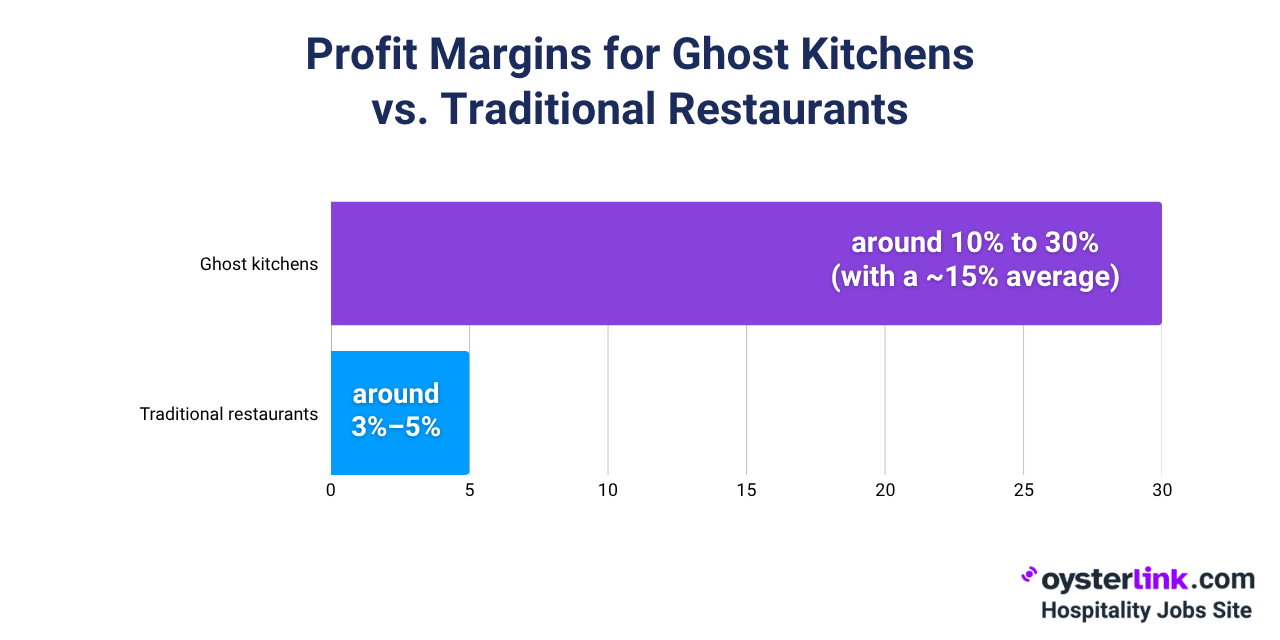
Ghost kitchens' focus on delivery and takeout allows for more efficient, profitable operations, making them an appealing option for both entrepreneurs and established brands.
See also: Restaurant Revenue Statistics, Trends & Predictions for 2025
Ghost Kitchens in the US: Size, Reach and Adoption
There are approximately 7,606 ghost kitchens active across the U.S. While that may seem like a small number, it highlights the rapid growth and adoption of this strategy.
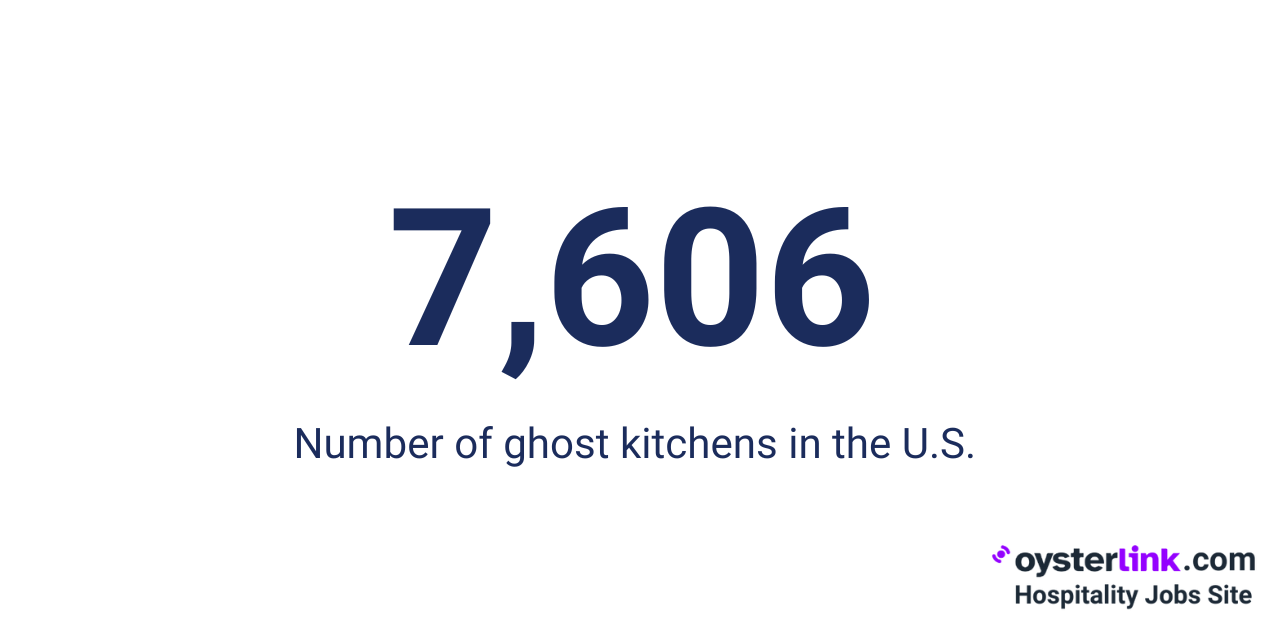
Many well-known restaurant brands, including Wendy’s, Ruby Tuesday, TGI Fridays and Wingstop, are testing and using ghost kitchens.
This model helps these chains expand into locations where opening traditional restaurants might not be feasible, making it a flexible and increasingly popular approach in the industry.
Delivery Services: Key to Success
It's key to success that ghost kitchen owners carefully choose and implement the appropriate delivery plan.
The financial success of a cloud kitchen model is greatly dependent on how effective its chosen delivery service is.
This includes deciding what delivery apps to partner with and finding staff who can keep up with delivery.
Without efficient delivery, they aren't able to provide their meals to the public.
Food Selection: Choosing the Right Menu Items
If you want to enter the virtual dining space, you will need to select the correct type of food.
It's key to the success of a virtual dining establishment that care is given when choosing which menu items travel well for delivery orders. No one wants a soggy, room-temperature dish.
Certain foods simply don't hold up well during the delivery process. Menu selections should take this into account.
The Importance of Marketing: Creating a Brand Presence
Just because a business doesn't have a storefront doesn't mean it shouldn't invest in branding.
In fact, with virtual locations, you may need to spend even more time on marketing to ensure that the business succeeds!
Compared to full-service restaurants, virtual restaurants may be more reliant on strategic advertising and branding initiatives.
Without a physical presence to attract customers, they must rely on digital marketing, social media and online platforms to build awareness and drive sales.
Methodology
The statistics and facts presented in this article are derived from several recent reports and industry publications.
Key sources include reports from Statista, Toast, Ibis World, CNBC and 7shifts. These sources provide data on market size, growth projections, startup costs, profit margins and operational strategies for ghost kitchens.
About OysterLink
OysterLink is a platform that connects hospitality professionals with employers, simplifying the process of finding great jobs or hiring the right talent quickly.
For job seekers, it offers salary details, career advice and access to top job listings.
For employers, it provides tools to create compelling job ads, find suitable candidates and access helpful business resources.
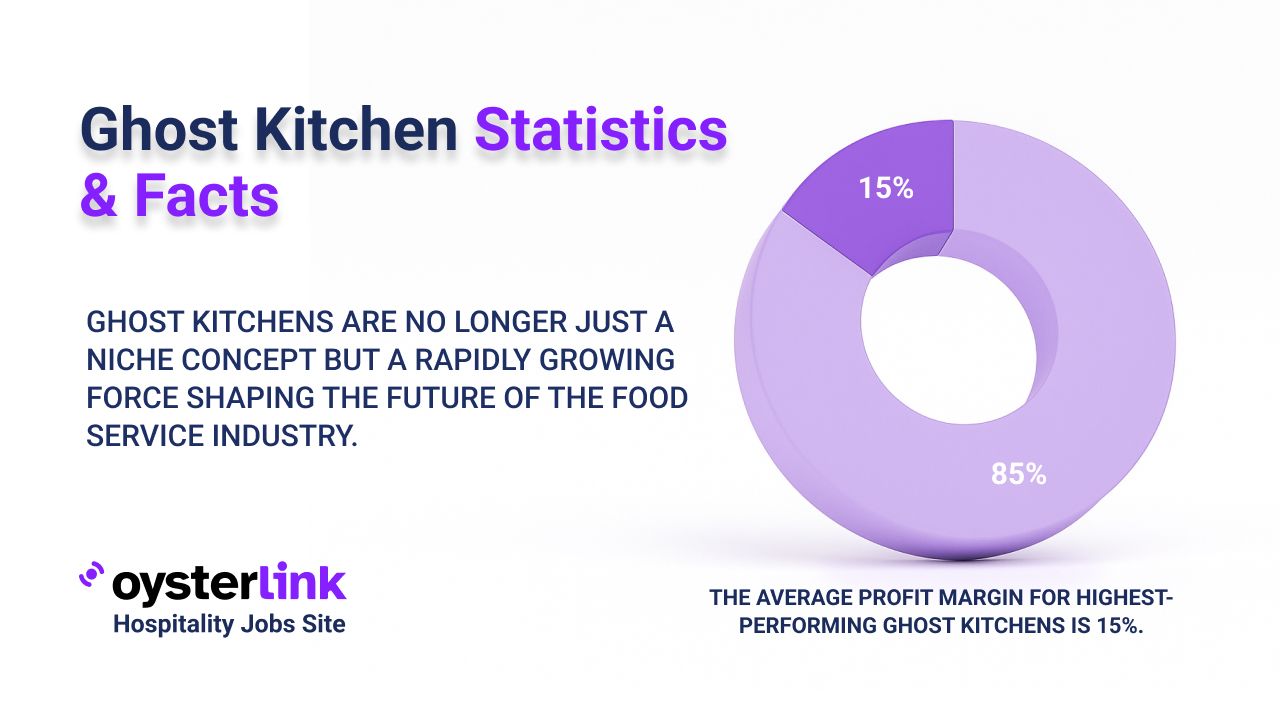

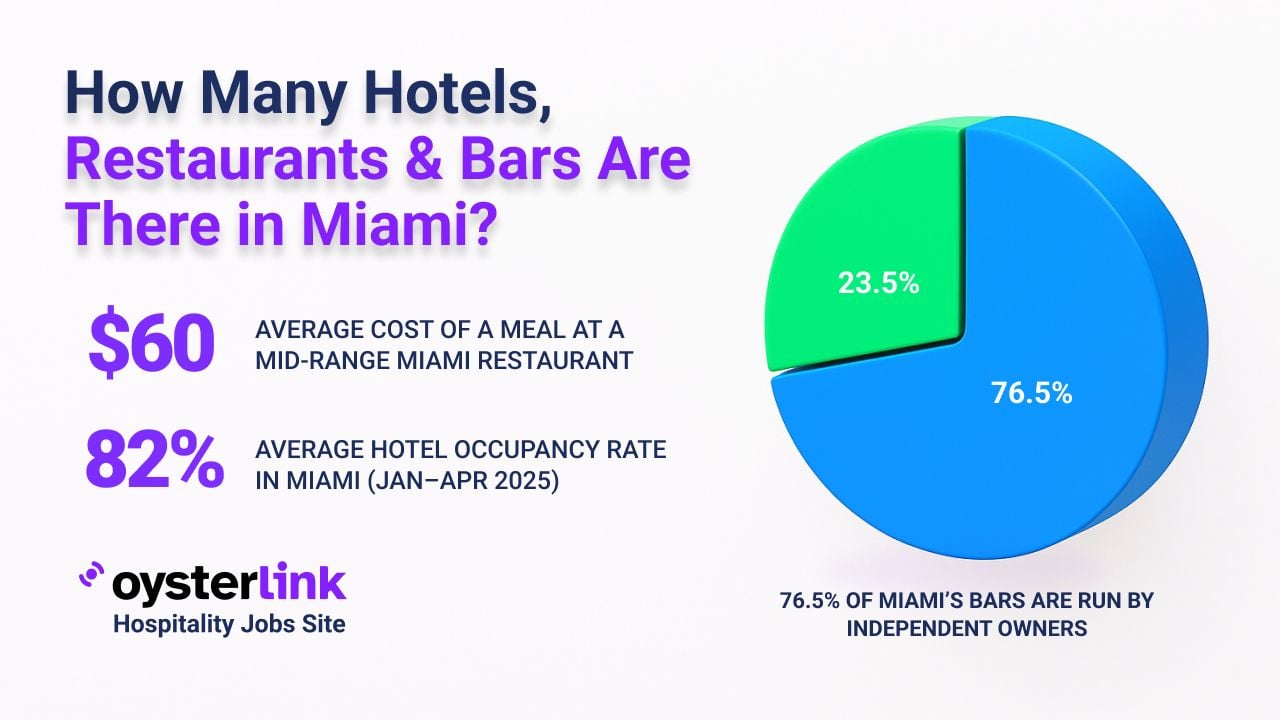

.webp)
.webp)